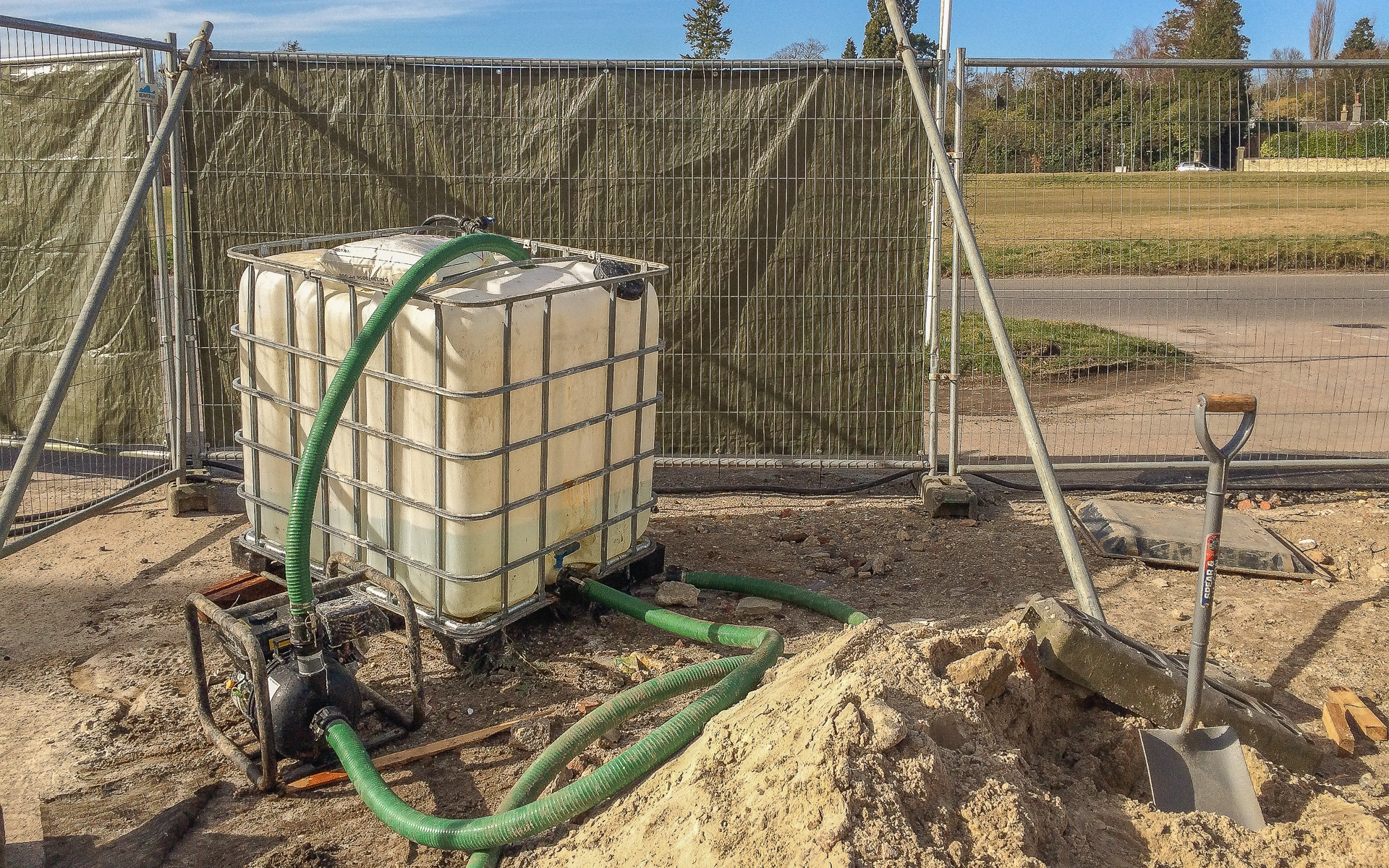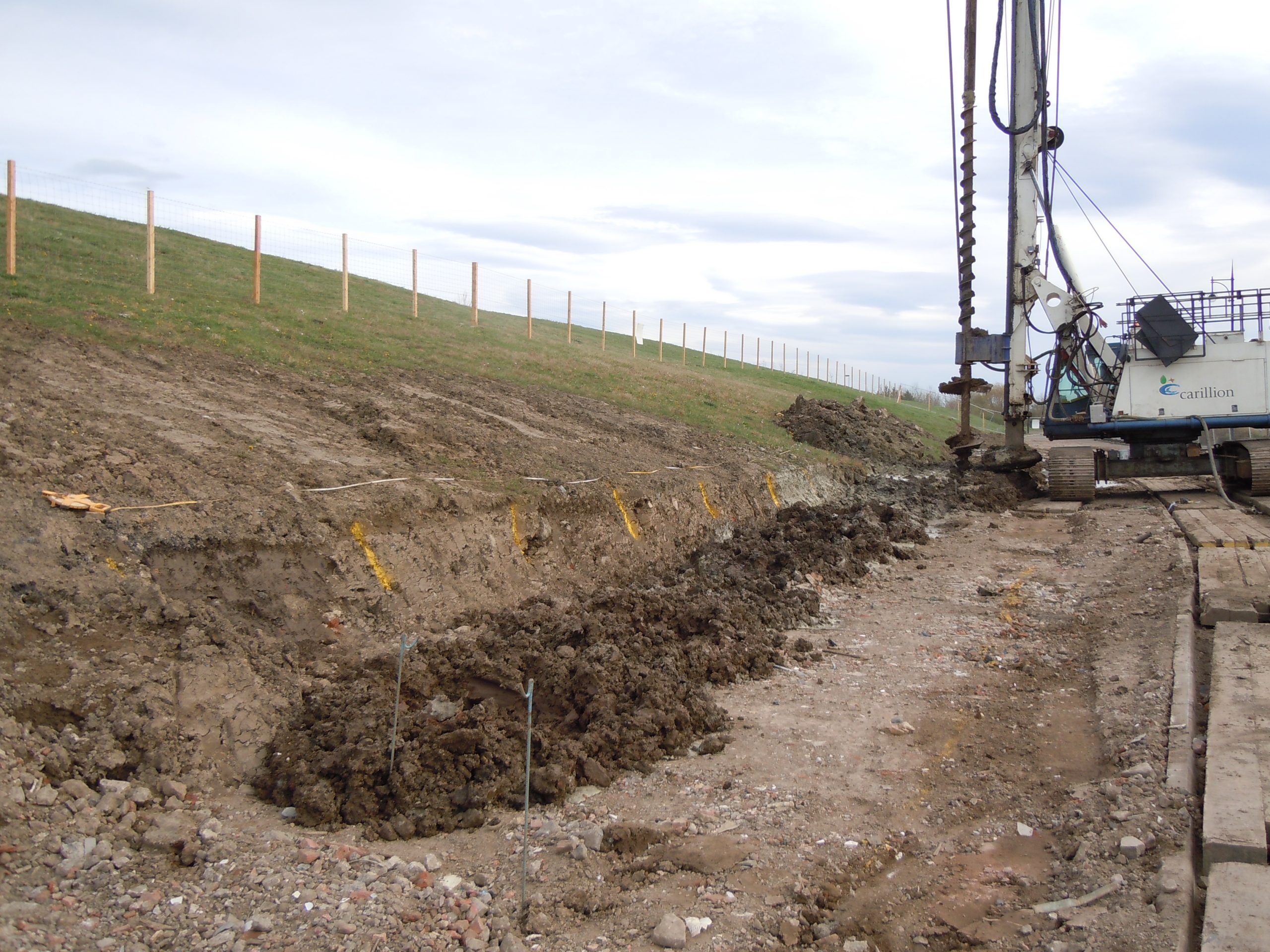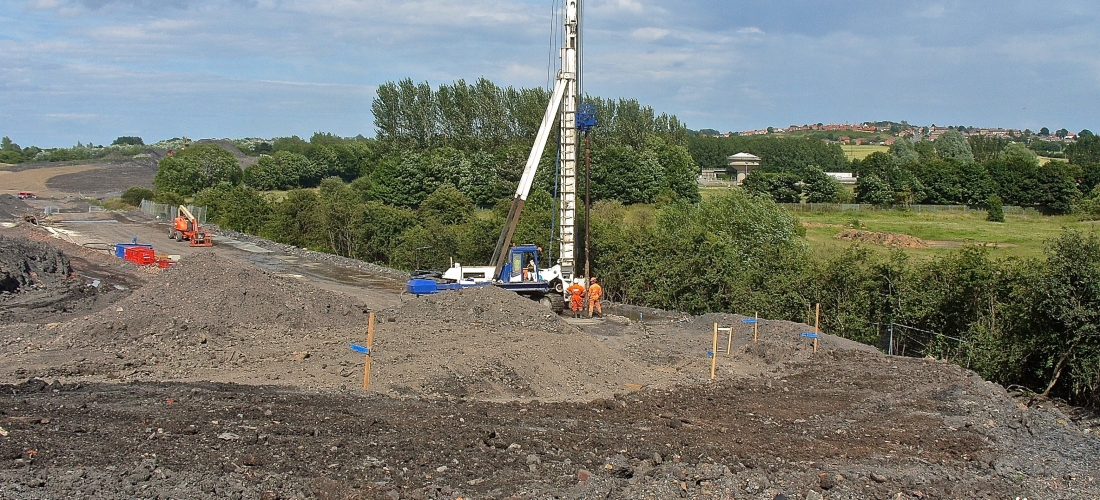The Flanchford Road site in Reigate, Surrey was purchased by Stanton Construction whose development proposal entailed the refurbishment of three existing cottages and the construction of three new residential properties.
The site was previously utilised as a petrol filling station and vehicle repair workshop and site investigation identified groundwater contamination at concentrations that posed a risk to the underlying aquifer and nearby SSSI. It was at this stage that Ash Remediation Management became involved with the project and their first task was to prepare and gain Local Authority approval of a remediation strategy.
The remediation strategy was promptly agreed and the scope of the remedial work is summarised below:
- Empty, clean and decommission the three underground storage tanks.
- Excavate and recycle any grossly contaminated soils contained within the tank void.
- Carry out chemical oxidation treatment of the contaminated groundwater plume.
- Monitor groundwater quality for six months.
In addition to the remedial work Ash Remediation Management also carried out the controlled demolition of the vehicle repair garage. All demolition material was carefully segregated before been sent for recycling.
The project ran smoothly from start to finish and the on site stage of work was completed in a little under three weeks. Ash Remediation Management compiled a Verification Report summarising the work completed which enabled release of the related planning conditions.




